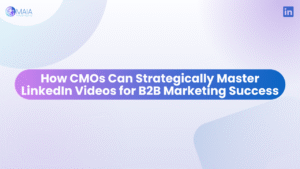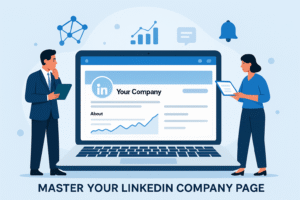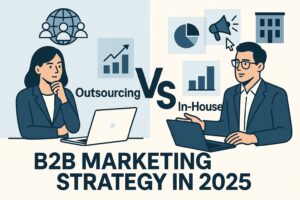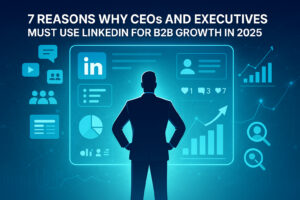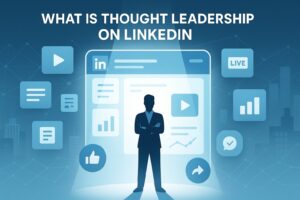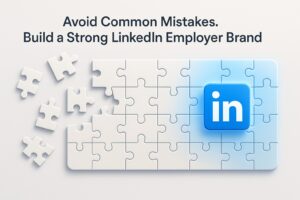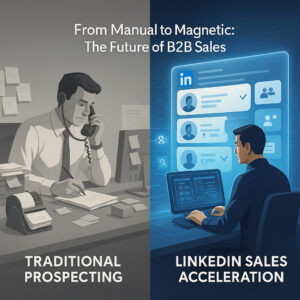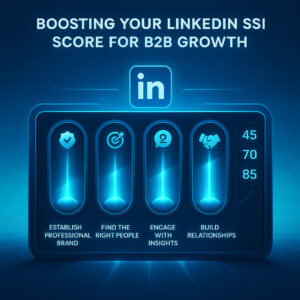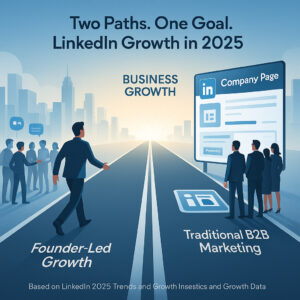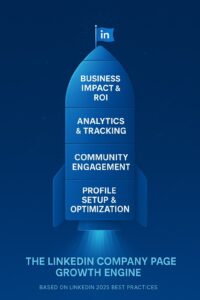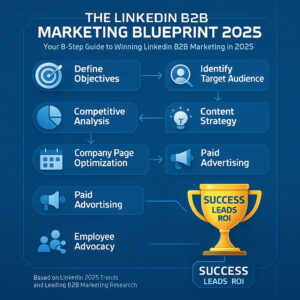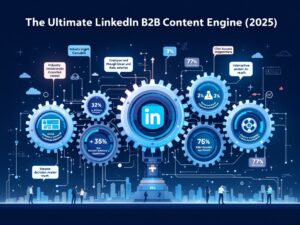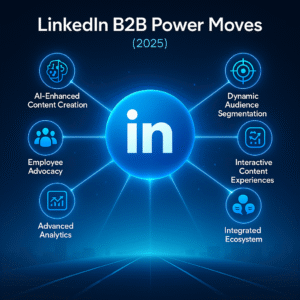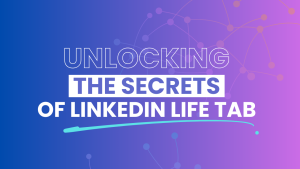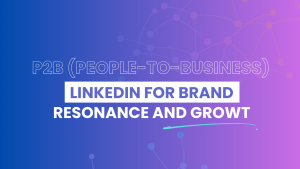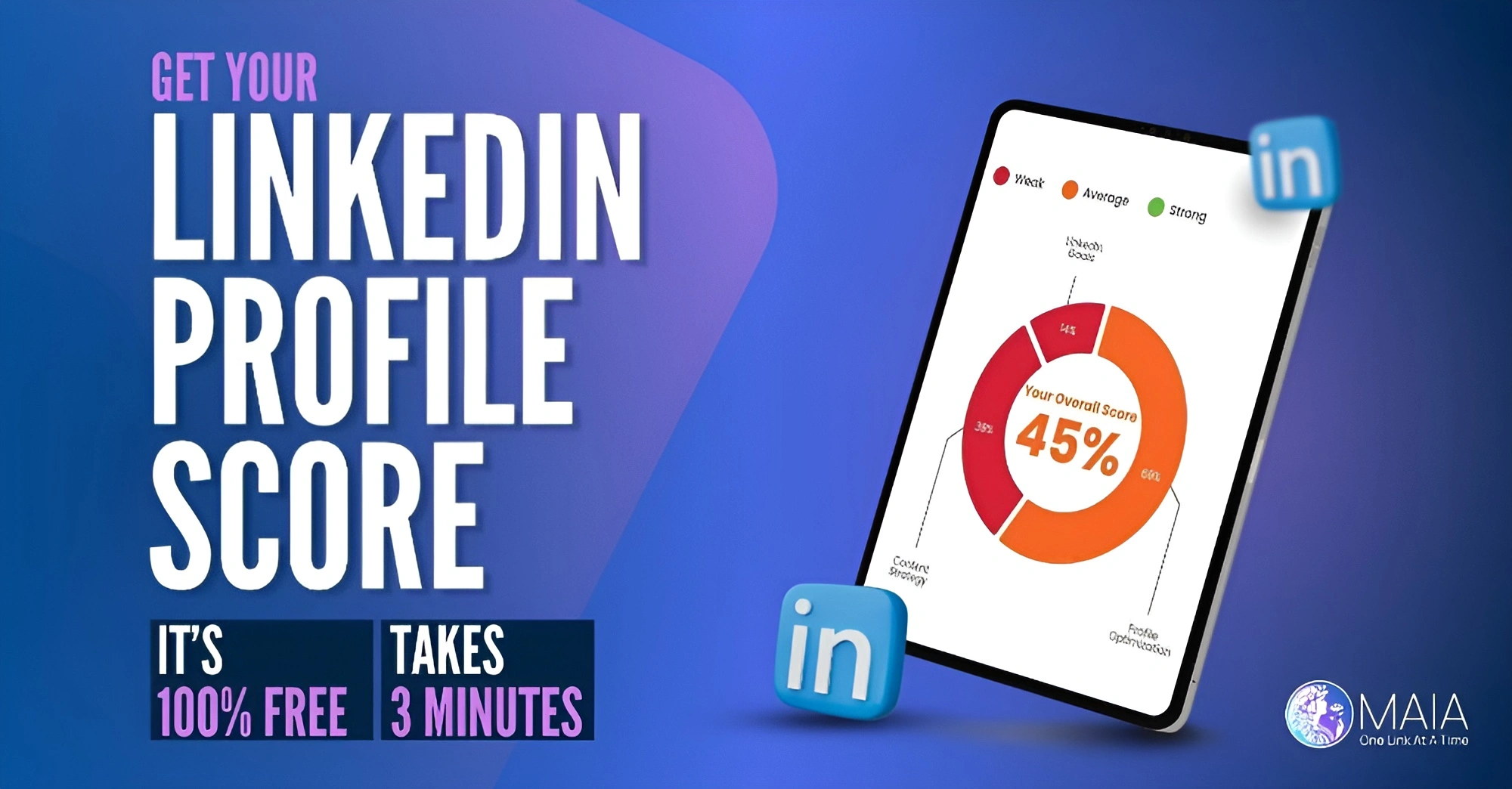B2B thought leadership is more than a marketing buzzword—it’s a business imperative for organizations aiming to build trust, influence buyers, and stand out in a crowded market. As companies face increasingly complex purchasing decisions and information overload, providing genuine insights and expertise positions your brand as a reliable guide. In this article, we’ll explore why B2B thought leadership matters, its impact on buyer behavior, and actionable strategies to help your organization get it right.
Why B2B Thought Leadership Matters and How to Get It Right
Understanding B2B Thought Leadership
Thought leadership in the B2B space refers to the practice of sharing valuable, forward-thinking insights designed to inform, educate, and inspire your target audience. It involves showcasing expertise and original thinking, rather than simply promoting products or services. True thought leaders are recognized as authorities within their industries, frequently setting trends, predicting shifts, and shaping the direction of market conversations.
B2B thought leadership goes beyond content marketing. It focuses on delivering unique perspectives and actionable guidance that help other businesses solve complex challenges. This approach establishes trust and credibility, which are crucial in long sales cycles and high-value transactions typical of B2B markets.
According to recent studies, “73% of B2B decision-makers consider an organization’s thought leadership content a more trustworthy basis for assessing its capabilities than its marketing materials.” This underscores the importance of moving beyond standard sales content to create influential, insight-driven materials that genuinely support your audience’s needs.
The Impact of Thought Leadership on B2B Decision-Making
B2B buyers are increasingly discerning, seeking out reliable information and partners before making significant investments. Thought leadership plays a pivotal role in influencing these decision-makers throughout the buyer’s journey. High-quality thought leadership not only builds trust but also drives engagement and shapes perceptions of your brand.
Decision-makers turn to thought leadership to stay informed and gain a competitive edge. The data shows that “52% of decision-makers and 54% of C-level executives spend an hour or more per week reading thought leadership content.” This level of engagement demonstrates the appetite for substantive, value-driven insights among senior B2B professionals.
Moreover, thought leadership directly affects vendor selection and loyalty. “70% of C-suite leaders say that a piece of thought leadership had at least occasionally led them to question whether they should continue working with an existing supplier.” When your content successfully challenges assumptions or offers new solutions, it can disrupt existing relationships and open doors for your business.
It’s also critical in driving new opportunities: “75% of decision-makers say thought leadership has the potential to convince buyers to research a product or service they were not previously considering.” Effective thought leadership not only nurtures existing leads but also expands your reach into untapped markets.
Key Components of Effective Thought Leadership
Successful B2B thought leadership is built on a foundation of authenticity, relevance, and expertise. To create content that resonates, organizations must prioritize quality and substance over self-promotion. Here are the essential elements:
- Original Insights: Offer fresh perspectives or solutions to industry challenges, rather than rehashing common knowledge.
- Credibility and Authority: Leverage subject matter experts, data, and real-world experience to support your viewpoints.
- Audience-Centric Approach: Address the specific pain points, needs, and goals of your target market.
- Consistency: Maintain a regular cadence of publishing and engaging with your audience across multiple channels.
- Actionable Advice: Provide clear recommendations and practical guidance your readers can apply.
It’s important to ensure that your thought leadership resources are not thinly veiled sales pitches. The goal is to inform and empower, fostering long-term trust that ultimately translates into business growth.
Consistently producing valuable thought leadership also improves receptiveness to your outreach efforts. As the research shows, “90% of B2B decision-makers and C-suite executives are more receptive to sales or marketing outreach from a company that consistently produces high-quality thought leadership.”
Strategies to Develop and Implement Thought Leadership
To build a robust thought leadership program, organizations must take a strategic, disciplined approach. Here are proven strategies for success:
- Identify Your Unique Value Proposition: Analyze your strengths, expertise, and differentiators to determine where your organization can deliver unique insights.
- Research Audience Needs: Use surveys, interviews, and analytics to understand your target audience’s biggest challenges and interests.
- Empower Subject Matter Experts: Encourage leaders and internal experts to contribute content and represent your brand externally.
- Diversify Content Formats: Leverage articles, white papers, webinars, podcasts, and social media to reach audiences in the way they prefer to consume information.
- Promote Engagement: Foster two-way dialogue through comments, Q&As, or interactive content to build community and gather feedback.
- Collaborate with Industry Influencers: Partner with respected voices for co-authored content, interviews, or panel discussions to amplify your reach and credibility.
- Align with Business Goals: Ensure your thought leadership efforts are closely tied to your overall marketing and sales objectives for maximum impact.
At MAIA Digital, our approach is rooted in understanding client objectives and tailoring thought leadership programs that drive measurable outcomes. For more on effective B2B strategies, visit https://team-maia.com/.
Measuring the Success of Thought Leadership Initiatives
Evaluating the impact of your thought leadership efforts is essential for optimizing performance and demonstrating value to stakeholders. Success should be measured both quantitatively and qualitatively, considering the following indicators:
- Engagement Metrics: Track views, shares, comments, and downloads across your content platforms.
- Lead Generation: Assess the number and quality of leads influenced by your thought leadership assets.
- Brand Perception: Monitor changes in brand sentiment, authority, and share of voice within your industry.
- Sales Influence: Evaluate whether your content is referenced in sales conversations or cited by prospects.
- Market Reach: Analyze new audiences or verticals reached as a result of your thought leadership initiatives.
Regularly reviewing these metrics enables you to refine your strategy, double down on what works, and demonstrate the ROI of your thought leadership investment.
FAQs on B2B Thought Leadership
What is the main difference between thought leadership and content marketing?
Thought leadership emphasizes original insights and industry expertise, while content marketing often focuses on promotional materials and lead generation.
How often should we publish thought leadership content?
Frequency depends on your resources, but consistency is key. Aim for a regular schedule that maintains quality and audience engagement.
Can thought leadership help us win new business?
Yes. “75% of decision-makers say thought leadership has the potential to convince buyers to research a product or service they were not previously considering.”
Who should be the face of our thought leadership?
Leverage a mix of C-suite leaders, subject matter experts, and rising stars within your organization to provide a range of perspectives and expertise.
For more guidance on implementing thought leadership in your B2B marketing strategy, consult with the experts at MAIA Digital.



